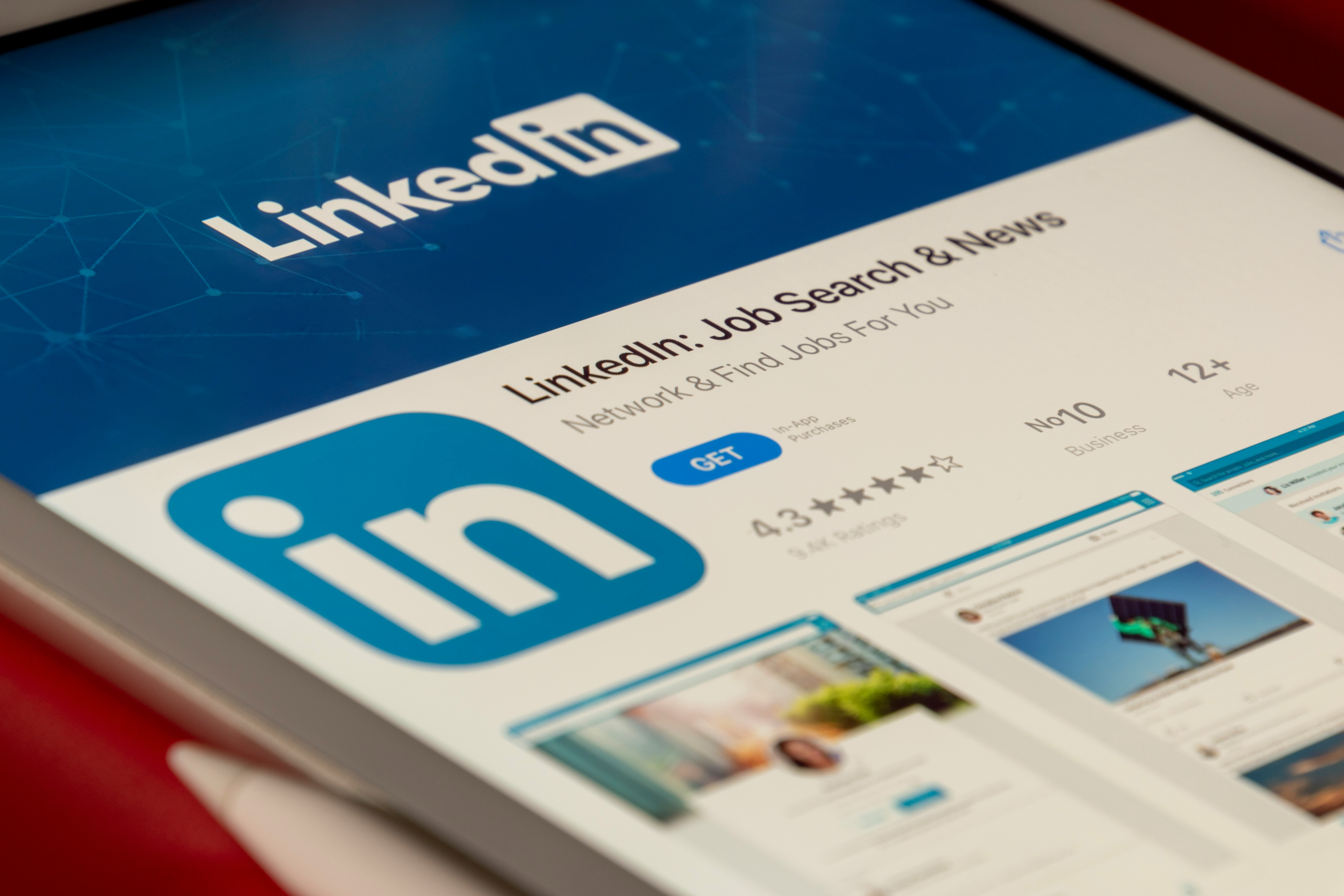In the past, educators typically have not created LinkedIn profiles. The main reason? Because networking and recruitment work differently in the education sector than in the corporate (and non-profit) sector.
As we know, when a school is hiring, it typically publishes its listings on an education-specific job board – Chronicle of Higher Ed is a popular option for higher ed and SchoolSpring is a popular option for k12 (in addition to local recruitment efforts). Educators send in their resumes and application materials, and they’re vetted with phone calls to references. No one is looking at a LinkedIn page. In fact, the administrators hiring probably don’t even have one!
Contrast that with corporate and non-profit employees. All my friends who work outside of education have LinkedIn profiles. And they have over 500 connections, folks they know IRL, because it’s just what you do. Until recently, they would post irregularly – when they got a new job, had a new op-ed published, that sort of thing. That’s because it was primarily a vehicle for professional promotion – you used LinkedIn when you needed a job.
But post pandemic, LinkedIn has become more of a traditional social media platform where people are not just sharing accomplishments but are intentionally creating personal brands. And professional brands are using it as a marketing and sales tool.
Why? Because only a small percentage of LinkedIn’s US users post on a weekly basis (1-3%) while significantly more visit daily (69%). That means those people who post get excellent visibility, especially compared with other platforms (i.e. Facebook, which essentially charges pages for basic visibility).
This is largely why you see so many influencers and marketers flocking to LinkedIn – organic (aka free) traffic.
This leads to a lot of confusion about how you, someone looking for a job, should be using LinkedIn: should you be posting regularly? what should I post? how should you fill out your skills section? does anyone actually read your about me? and so forth.
It can lead to a lot of guilt, “I should be posting on LinkedIn more,” or “I need to be contacting hiring managers.” It can also lead to a lot of wasted time that feel like you’re doing something and keep you scrolling on LinkedIn and commenting randomly. Finally, it fuels a lot of imposter syndrome or FOMO, emotions that make your job search harder to navigate.
In today’s newsletter, I’m talking about creating a LinkedIn strategy. Instead of giving you a lot of generic advice about how to fill out your profile, sharing what to post (or not to post), or telling you how to network, I want to step back and talk about the payoff for doing each of these things: what do you want to get out of LinkedIn and what’s the return on your investment time for doing any of the specific ‘things you should do on LinkedIn’?
The Remainder of this article is for Paid Subscribers. You can subscribe here and access the newsletter archive as well as find jobs at 300+ remote edtech/ed adjacent companies.




